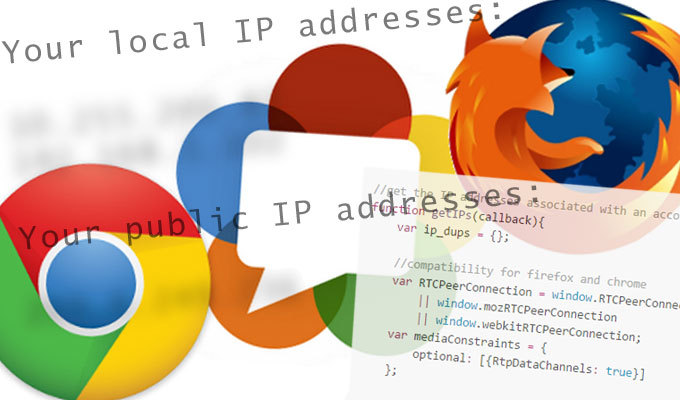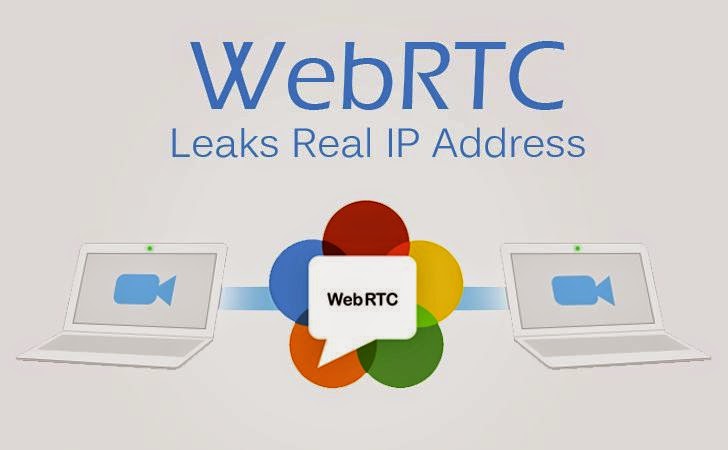VPNs are awesome for security, however one of the enormous reasons numerous individuals utilize one is to veil or change their IP address but not IP leak. This gives you a chance to get around area construct confinements in light of substance, or check if your supplier is throttling your association. Sadly, another security blemish can uncover your genuine IP location to prying eyes, regardless of the possibility that you’re utilizing a VPN security, and it’s anything but difficult to abuse. Here’s the way it works, and what you can do about it.
What’s All This Now? Is my IP Leaked?
We should go down a bit. A Virtual Private Network, or a VPN security, is extraordinary for scrambling your information and boosting security, but on the other hand it’s valuable to cloud your IP address. Your IP location is allocated to your web association by your administration supplier, and it can uncover who your administration supplier is and (as a rule) where you’re found. On the off chance that you’ve ever gone by YouTube and seen “Sorry, this video isn’t accessible in your nation,” or attempted to agree to another administration just to figure out your nation isn’t bolstered, your IP location is the way they know.
Numerous individuals use VPNs particularly to get around those area confinements. When you sign into a VPN, for the most part you can pick a “way out server,” or an area your VPN security will “imagine” you’re really found. Generally no more to persuade an administration you’re in a bolstered nation.
On the other hand, an as of late found security imperfection permits remote locales to exploit WebRTC (Web Real Time Communication, an element fabricated into most programs) to uncover a client’s actual IP address, regardless of the fact that they’re joined with a VPN. To the extent we know, destinations aren’t exploiting the defect yet, however considering administrations like Hulu, Spotify, Netflix, and others are finding a way to distinguish and bolt out VPN clients, it’s not a stretch to accept they’ll begin.
A couple lines of code is all it takes to evacuate the area security you get from utilizing a VPN security, and make sense of where you’re really found and who your web access supplier truly is (who can then attach your location back to who you are particularly.) While the defenselessness is principally program based at this moment, any application that can render website pages( (and utilizes WebRTC) is influenced, which means any individual who needs to can see past your VPN security to where you truly are and who you truly are. Promoters, information representatives, and governments can utilize it to look through your VPN security to figure out where your association is truly originating from. In the event that you utilize administrations like BitTorrent, have a set-top box like a Roku, or simply stream music or motion pictures on your PC through a site that is not accessible in your nation (or you’re an expat and live abroad), the applications and administrations you utilize could all of a sudden quit working.
By what method Can I Check If My VPN security Is Affected?
To check whether your VPN security is influenced:
Visit a site like What Is My IP Address and scribble down your genuine ISP-if IP address.
Sign into your VPN, pick a way out server in another nation (or use whichever exit server you favor) and check you’re associated.
About-face to What Is My IP Address and check your IP address once more. You ought to see another location, one that relates with your VPN and the nation you chose.
In the event that both instruments demonstrate your VPN‘s IP address, then you’re free. In any case, if What Is My IP Address demonstrates your VPN security and the WebRTC test demonstrates your typical IP address, then your program is releasing your ISP-gave location to the world.
At the point when TorrentFreak conversed with VPN suppliers about the issue, including our top pick, Private Internet Access, that prominent that they could copy the issue, however they weren’t certain how they could stop the vulnerabilty on their end. Since the IP check happens straightforwardly between the client and the site they’re associated with, it’s hard to piece. Indeed, even along these lines, they distributed a blog entry cautioning clients about the issue. TorGuard, another of our most loved suppliers, additionally issued a notice to their clients. Those notices additionally say that the issue just seems to influence Windows clients, however that is not as a matter of course the situation—numerous remarks (and our own testing) take note of that relying upon your VPN security and how it’s designed, your IP location may be released regardless of the possibility that you utilize a Mac or Linux framework.
Can I Protect Myself?
Fortunately, you don’t need to sit tight for VPN suppliers to address the issue on their finishes to secure yourself. There are various things you can do at this time, and a large portion of them are as simple as introducing a module, or impairing WebRTC in your program.
The Easy Way: Disable WebRTC In Your Browser
Chrome, Firefox, and Opera (and programs in view of them) by and large have WebRTC empowered as a matter of course. Safari and Internet Explorer don’t, and hence aren’t influenced (unless you’ve particularly empowered WebRTC.) Either way, if the test above worked in your program, you’re influenced. You can simply change to a program that doesn’t have WebRTC empowered, however since the greater part of us like the programs we use, this is what to do:
Chrome and Opera: Install the ScriptSafe expansion from the Chrome Web Store. It’s pointless excess, yet it’ll cripple WebRTC in your program. Musical show clients can utilize this extra too, you’ll simply need to pay some dues first.
Firefox: You have two alternatives. You can introduce the Disable WebRTC addon from Mozilla Add-ons (h/t to @YourAnonNews for the connection), or cripple WebRTC specifically by opening a tab and going to “about:config” in the location bar. Find and set the “media.peerconnection.enabled” setting to false. (You could likewise introduce NoScript, which is much like ScriptSafe, yet like we specified, it’s presumably pointless excess.)
While developers takes note of that security ensuring program expansions like AdBlock, Ghostery, and Disconnect don’t stop this conduct, these routines will carry out the employment. We’ve tried them to ensure they work, and look out—your most loved advertisement blocker or security add-on will probably upgrade to piece WebRTC sooner rather than later.
We ought to take note of that impairing WebRTC might break some webapps and administrations. Program based applications that utilization your receiver and camera (like some talk destinations or Google Hangouts), or naturally know your area (like nourishment conveyance locales) for instance, will quit working until you re-empower it.
The Better Way: Configure Your VPN on Your Router
Redesign: We’ve been conversing with various individuals in the security group about this issue, and after those discussions, we’re not certain that arranging your VPN at the switch level is any more powerful (or rather, horrendously successful by any stretch of the imagination) than blocking WebRTC at the program. While despite everything we prescribe setting up your VPN at the switch level for various reasons (plot underneath), to the extent this issue is concerned, at this moment, we’d propose that you utilize one of the program additional items said above while we all direct more research into the underlying driver—and surefire remediation for it.
Related: Protect your IP address Now?
On the off chance that you need a more surefire approach to ensure yourself past introducing additional items and making changes to your program each time you introduce or overhaul, there is a more lasting technique. Run your VPN at your switch rather than on your PC straightforwardly.
There are various advantages to this methodology. For one, it secures the majority of the gadgets on your home system, regardless of the fact that they’re not helpless against this particular imperfection. It likewise gives the majority of your gadgets, similar to your cell phones, tablets, set-top boxes, and savvy machines the same insurance and encryption that your VPN security gives your desktop.
There are provisos, however. For one, in case you’re the sort who likes to change exit servers regularly (e.g., one day you need to peruse as if you’re in Japan, another in Iceland, and another in the US), this implies you’ll need to change your switch setup each time you need to switch areas. Essentially, on the off chance that you just should joined infrequently yet not others—like you utilize a VPN security for work however not when you’re spilling Netflix, you’ll have to empower or incapacitate your VPN on your switch each time you have to switch. That procedure can be simple or confused, contingent upon your switch, and your VPN.
Numerous VPN security administration suppliers propose you set up your VPN at the switch level in any case. Some even offer particular switches that come pre-arranged to utilize their administration, yet chances are you can utilize your current switch (insofar as it’s not gave by your web access supplier). Sign into your switch’s administrator page, and check your “security” or “association” choices. Contingent upon your model, you’ll see a VPN area, where you can sort for the sake of the VPN supplier you’re uniting with, their server hostnames, and your username and secret key. When it’s empowered, the greater part of your activity will be scrambled.
In the event that you don’t see it, all isn’t lost. Check with your VPN security supplier and let them recognize what sort of switch you have. They might have directions to walk you through the procedure. In the event that they don’t, check whether your switch is bolstered by open-source switch firmwares like DD-WRT ( look upheld gadgets here), Open WRT (see upheld gadgets here), or Tomato (see bolstered gadgets here). We’ve demonstrated to you industry standards to introduce and set up DD-WRT and arrange Tomato some time recently, so in case you’re new, begin with our aides. Those custom firmwares will permit you to set up your VPN at the router.




